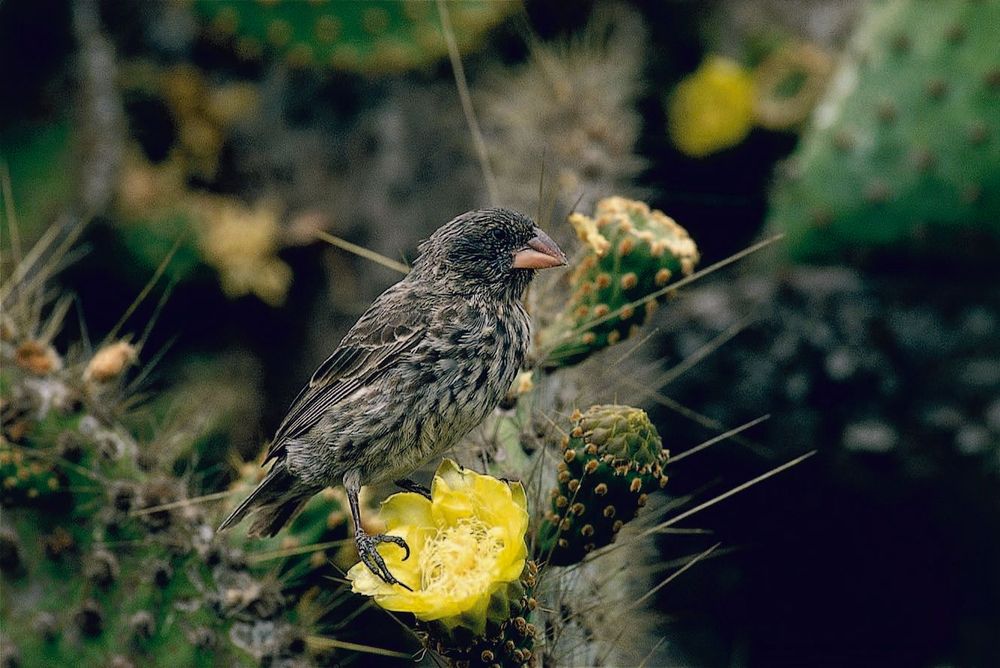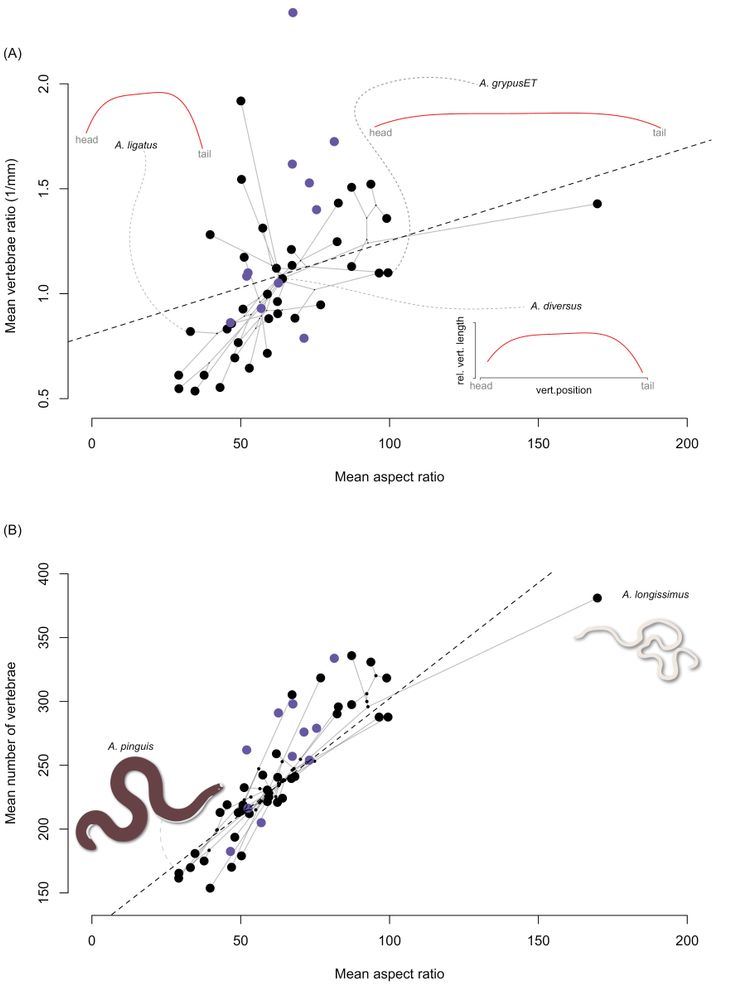
Homepage: https://academic.oup.com/evolinnean
Blog: https://www.linnean.org/news/categories/the-paper-trail
doi.org/10.1093/evol...

doi.org/10.1093/evol...




Ghosts of the past come back to haunt the genetic record of island colonisation events, revealing silent extinctions! Written by guest blogger Adam Brachtl, this blog explores how molecular genetics can uncover these hidden stories...(1/6) 🌍🧪👇
www.linnean.org/news/2025/11...

Ghosts of the past come back to haunt the genetic record of island colonisation events, revealing silent extinctions! Written by guest blogger Adam Brachtl, this blog explores how molecular genetics can uncover these hidden stories...(1/6) 🌍🧪👇
www.linnean.org/news/2025/11...

Adaptive radiations are striking examples of rapid speciation, where lineage diversification often pairs with rapid changes in morphology. But what is the role of intrinsic structural constraints? Here, Pupfish from San Salvador Island were studied...what did they find?

Adaptive radiations are striking examples of rapid speciation, where lineage diversification often pairs with rapid changes in morphology. But what is the role of intrinsic structural constraints? Here, Pupfish from San Salvador Island were studied...what did they find?
academic.oup.com/evolinnean/p...

academic.oup.com/evolinnean/p...
Ghost species (no, not species of ghost) are extinct, unknown & unsampled taxa...and they vastly outnumber those included in phylogenetics. This hidden diversity can complicate phylogenetic signals of horizontal gene flow, impacting their study...(1/2)🧪

Ghost species (no, not species of ghost) are extinct, unknown & unsampled taxa...and they vastly outnumber those included in phylogenetics. This hidden diversity can complicate phylogenetic signals of horizontal gene flow, impacting their study...(1/2)🧪

doi.org/10.1093/evol...

doi.org/10.1093/evol...
academic.oup.com/evolinnean/a...

academic.oup.com/evolinnean/a...
academic.oup.com/evolinnean/p...
@linneansociety.bsky.social

academic.oup.com/evolinnean/p...
@linneansociety.bsky.social
academic.oup.com/evolinnean/a...

academic.oup.com/evolinnean/a...
academic.oup.com/evolinnean/a...

academic.oup.com/evolinnean/a...
academic.oup.com/evo...

academic.oup.com/evo...
@puttert.bsky.social

@puttert.bsky.social
@linneansociety.bsky.social

@linneansociety.bsky.social

academic.oup.com/evo...

academic.oup.com/evo...
www.milan-malinsky.org
@linneansociety.bsky.social

www.milan-malinsky.org
@linneansociety.bsky.social

@linneansociety.bsky.social @jhancsalazar.bsky.social @marthamunoz.bsky.social

@linneansociety.bsky.social @jhancsalazar.bsky.social @marthamunoz.bsky.social
Why not check out our top papers instead, keeping with CURRENT science?




Why not check out our top papers instead, keeping with CURRENT science?

